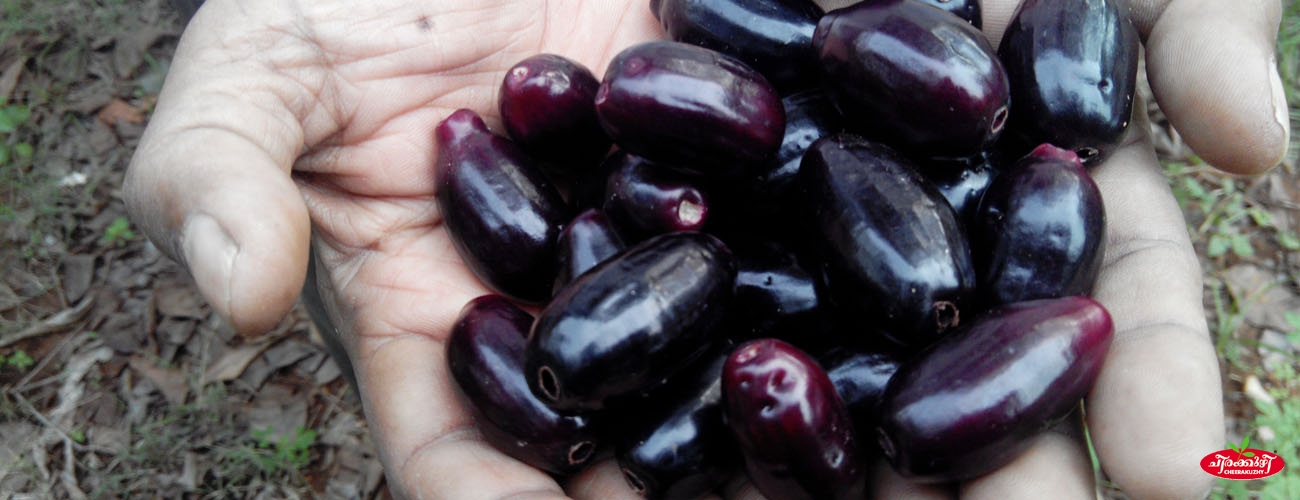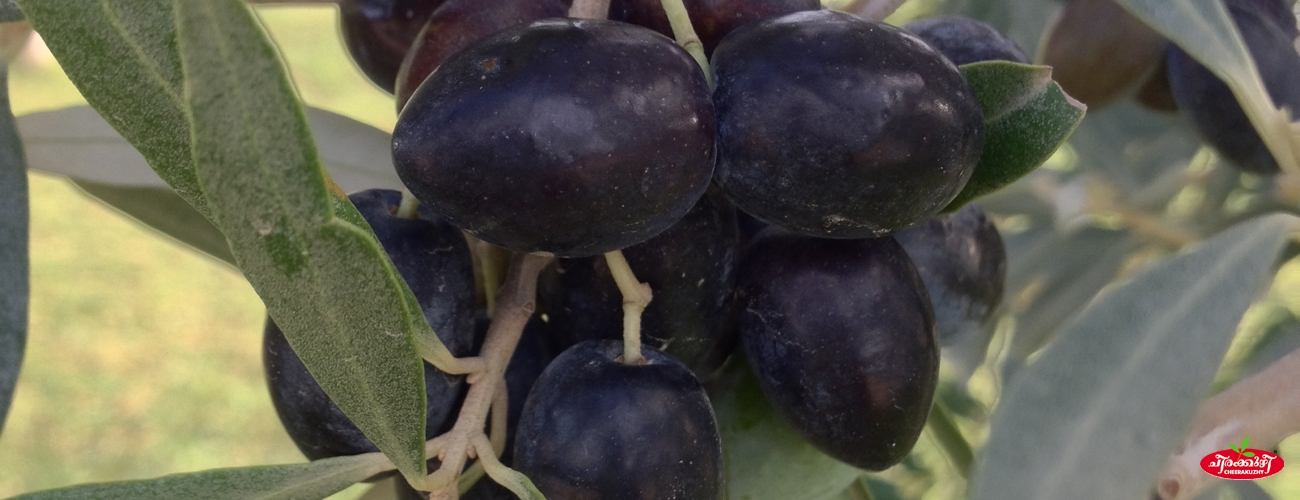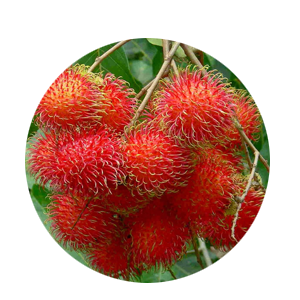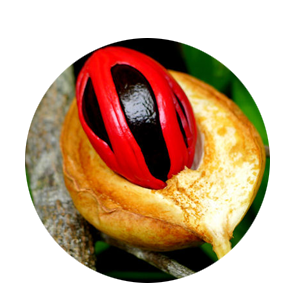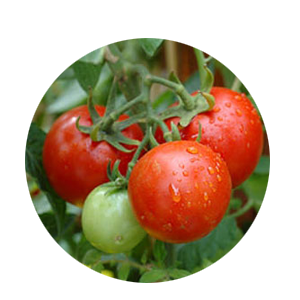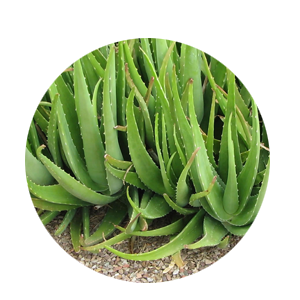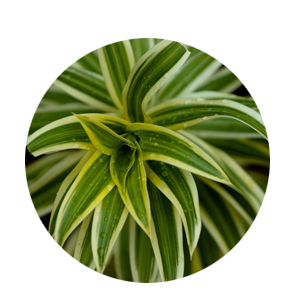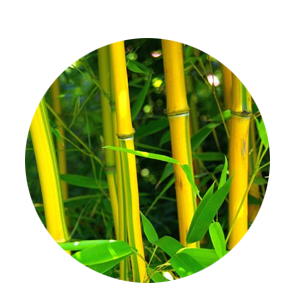Jamun/Nhaval - Grafted - (8x10 bag)

Item Description
GENERAL INFORMATION ABOUT A JAMUN yzygium cumini, known as jambul, jambolan, jamblang or jamun, is an evergreen tropical tree in the flowering plant family Myrtaceae. Syzygium cumini is native to the Indian Subcontinent and adjoining regions of Southeast Asia. A slow growing species, it can reach heights of up to 30 m and can live more than 100 years. Its dense foliage provides shade and is grown just for its ornamental value. At the base of the tree, the bark is rough and dark grey, becoming lighter grey and smoother higher up. The wood is water resistant. Because of this it is used in railway sleepers and to install motors in wells. It is sometimes used to make cheap furniture and village dwellings though it is relatively hard to work on. Syzygium cumini trees start flowering from March to April. The flowers are fragrant and small, about 5 mm in diameter. The fruits develop by May or June and resemble large berries; the fruit of Syzygium species is described as \"drupaceous\".The fruit is oblong, ovoid. Unripe fruit looks green. As it matures, its color changes to pink, then to shining crimson red and finally to black color. A variant of the tree produces white coloured fruit. The fruit has a combination of sweet, mildly sour and astringent flavour and tends to colour the tongue purple. HELTH BENENIFTS OF JAMUN Jamun or Black plum is an important summer fruit, associated with many health and medicinal benefits. The black plum is known to relieve stomach pain, carminative, anti-scorbutic and diuretic. Jamun vinegar is good to reduce enlargement of spleen, diarrhea, and who has urine retention problems. Jamum’s ployphenolic compounds are effective against cancer, heart diseases, diabetes, asthma and arthritis. Various digestive disorders i.e. flatulence, bowel spasm, stomach disorders, dysentery are cured by jamun. It is also eaten as tonic to increase sexual activity. Here are some health benefits 1. Anti diabetes 2. Anti cancer 3. Maintain the heart healthiness 4. Increases the body immune system 5. Skin protection 6. Act as anti bacterial 7. The tree as fire wood 8. Traditional medicine for many diseases; 11. Cure for epilepsy 12.Cure the blood infections 13.Cure for mouth sores 14.Cure for stomach ulcer 15.Cure for asthma 16.Cure for coughs
Maintanance, Disease Management And Yielding
MAINTANACE OF THE PLANTATION Once a plantation has been established, the work should not be considered finished. It will be necessary, for example, to protect the plantation against weather, fire, insects and fungi, and animals. A variety of cultural treatments also may be required to meet the purpose of the plantation. FERTILIZING In pre bearing period, 20-25 kg well rotten farmyard manure or compost/plant/ year should be applied. For bearing trees, this dose should be increased up to 50- 60kg/plant/ year. The ideal time for applying organic manure is a month before flowering. Grown up trees should be applied 500 kg N, 600gand 300g K /plant /year. This should be spread near the canopy of the plant and mixed in soil by hoeing. WATERING AND WEED CONTROL Young jamun should be watered regularly until fully established. In dry western climates, water mature trees deeply at least every one or two weeks. Desert gardeners may have to water more frequently. Mulch the soil around the trees to conserve moisture. Weeding is also very important. Remove all weeds 1.5 meter around the plant. PRUNING AND SHAPE OF TREE Young plants need training for the development of framework, keep the main stem or trunk clean up to a height of 60-90 cm from the ground level by removing the basal branches and sprouts. Jamun plants do not require any pruning except removing diseased, dry and crisscross twigs. PEST & DISEASE FOR JAMUN TREES Every fruit tree has the future potential for disease and insect damage. Factors such as location and weather will play a part in which issues your tree encounters. If available, disease-resistant trees are the best option for easy care; and for all trees, proper maintenance (such as watering, fertilizing, pruning, spraying, weeding, and fall cleanup) can help keep most insects and diseases at bay. HARVESTING YOUR STAR GOOSEBERRY The seedling jamun plants start bearing after 8 to 10 years of planting, while grafted ones bear after 6 to 7 years. However, commercial bearing starts after 8 to 10 years of planting and continues till the tree becomes 50 to 60 years old. The fruit ripens in the month of June -July. The main characteristic of ripe fruit at full size is deep purple or black colour. The fruit should be picked immediately when it is ripe, because it can not be retained on the tree in ripe stage. The ripe fruits are hand picked singly by climbing the tree with bags slung on the shoulder. Care should be taken to avoid all possible damage to fruits. The average yield of fruits from a full grown seedling tree is about 80 to 100 kg and from a grafted one 60 to 70 kg per year.
- Propogation Method : Grafting
- Plant Climate : Sub Tropical, Normal, Hot, Cool, Tropical
- Plant Height : 2-3 feet
- Plant Weight : 3.5kg
- Plant Polybagsize : 8x10
Related Images
- Botanical Name : Syzygium Cumini
- Malayalam Name : Nhaval pazham
- English Name : Blue Berry
If you are suffering from Type 2 Diabetes, this seed powder will bring you great relief
Planting Instructions
PLANT THE RIGHT TREE AT RIGHT PLACE Growing space both above and below ground should be considered when selecting a tree to plant. Too often allowances are not made for the increased size of the tree when it matures. Most problems can be avoided by selecting the proper tree species for the available planting space. GENERAL TIPS 1. Plant at least 6 to 10 meter from main overhead utility wires on street or to your home. 2. Plant at least 7 meter from a building. 3. Plant at least 2 meter from sidewalks, driveways, patios and fences. 4. Plant at least 7 to 15 meter from other large trees. 5. Plant at least 7 meter from small trees. 6. Prioritize your tree planting with the sun’s direction to maximize shade by planting on the southwestern and western sides of your home BASIC PARAMETERS TO PLANT A JAMUN TREE 1. Soil : The jamun tree can be grown on a wide range of soils. However, for high yield potential and good plant growth, deep loam and a well drained soil are needed. Such soils also retain sufficient soil moisture which is beneficial for optimum growth and good fruiting. Jamun can grow well under salinity and waterlogged conditions too. However, it is not economical to grow jamun on very heavy or light sandy soils. 2. Planting Distance : For Commercial Plantation:- 10m x 10m (for seedling trees) and 8m x 8m apart (for budded and grafted plants). While digging the pit, the top soil up to the depth of about 45cm should be placed one side and sub soil below this should be heaped other side. Lower level of soil is not used for refilling of the pits. For Home Garden: -In a home garden generally we are planting one or two jamun trees along with other species of fruit plants. So it is better to keep minimum 7 meter distance from other plants to plant a jamun tree. 3. Pit size : Minimum 60cm width X 60cm Breadth X 60cm depth 4. Sunlight : 100% sunlight is best but can grow up to 50 % shade 5. Watering: During dry weather, initially water the plant once in two days and after one month of planting water every 7 to 10 days during the first year. TEN TIPS FOR PLANTING A JAMUN TREE 1. Dig a hole/pit 3 to 4 times wider than the container (Normally 60cm X 60cm X60cm is recommended). Fill the pit with top fertile soil to allow for proper root growth. Avoid clay type soil to refill the pit. 2. Add 250 gm Rock Phosphate or Born Meal and 3 to 5 kg Cow dung or compost in the top soil of the pit and mix it thoroughly (Thorough mixing of manure with soil is very important because direct contact of manure with the roots of the plant will cause the damage of roots and plant). 3. Make a small hole in the pit and carefully remove the plant from the container/pot or poly bag keeping the soil around the roots intact. Don‘t yank the plant out of the pot or poly bag as this can separate the roots from the tree. Poly bags can be easily removed by cutting it by a knife and pots can be removed easily by hitting slightly at the top edge of the pot. 4. Set the plant in the middle of the hole. Avoid planting the tree too deep. Keep the base of the trunk is slightly above ground level. Using some soil, secure the tree in a straight position, then fill and firmly pack the hole with the original soil, making sure there aren‘t any air pockets. 5. If the plant is Grafted or Budded make sure the grafted or budded portion of the plant is above the soil. Do not allow to touch the grafted or budded portion in the soil as it burns the skin of the plant. 6. Create a water-holding basin around the pit and give the plant a good watering. After the water has soaked in, spread protective mulch 2–4 inches deep in a 3-foot diameter area around the base of the tree, but not touching the trunk. Also provide a stich as a support for the plant, if needed. 7. The soil and mulch around your plant should be kept moist but not soggy. During dry weather, initially water the plant once in two days and after one month of planting water every 7 to 10 days during the first year. 8. Remove any tags and labels from the tree as these will affect the tree as it grows. You may need to prune any broken or dead branches. For Budded or Grafted plants it is very important that do not allow the growth of off shoots under the grafted/budded portion. Allow the growth of budded/grafted scions only. 9. Do not use chemical fertilizer or any other chemicals on your newly planted trees. Such products will kill your young trees. If needed you can add chemical fertilizers in small quantity (generally below 100gm) after two to three months of planting with sufficient irrigation. 10. Do not over water or allow rain water so much that you see standing water in the pit area of the plant. It will damage the plants roots and results the die of your plant.


